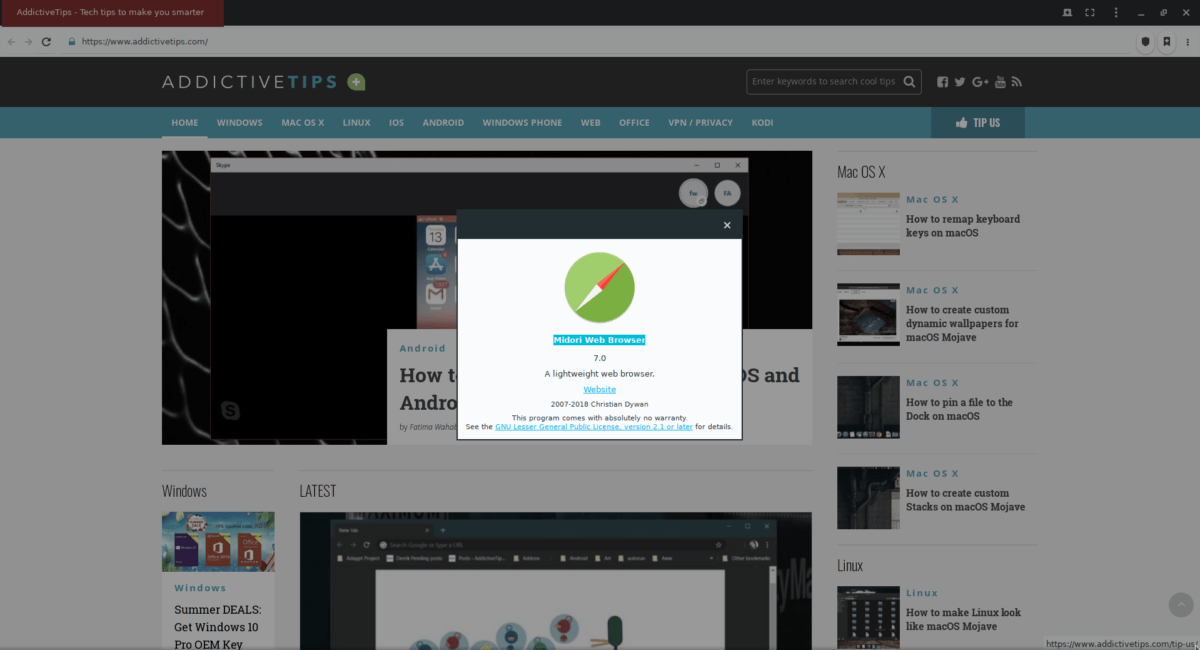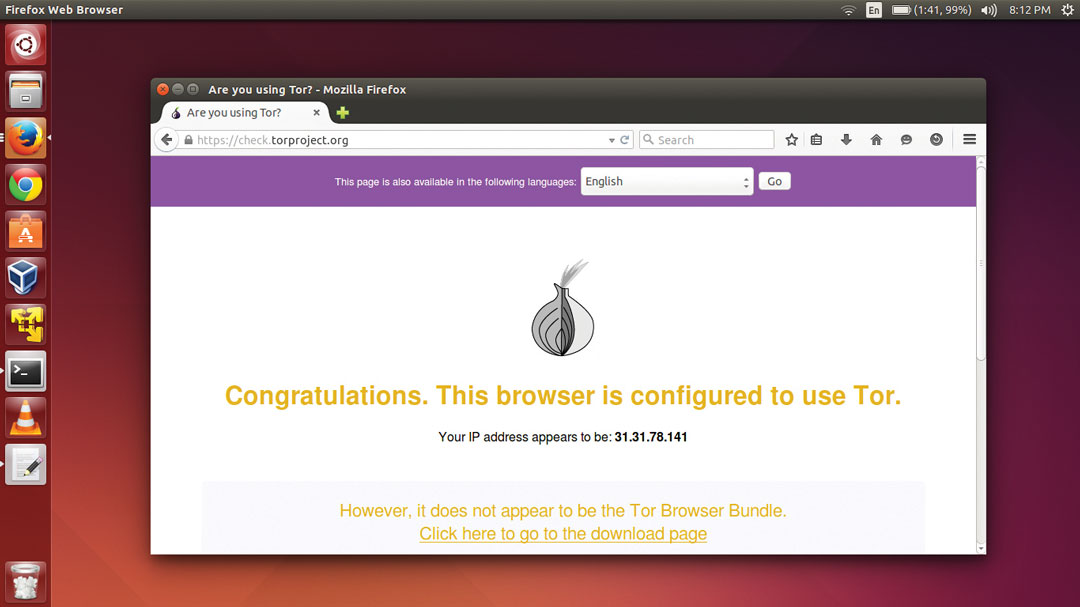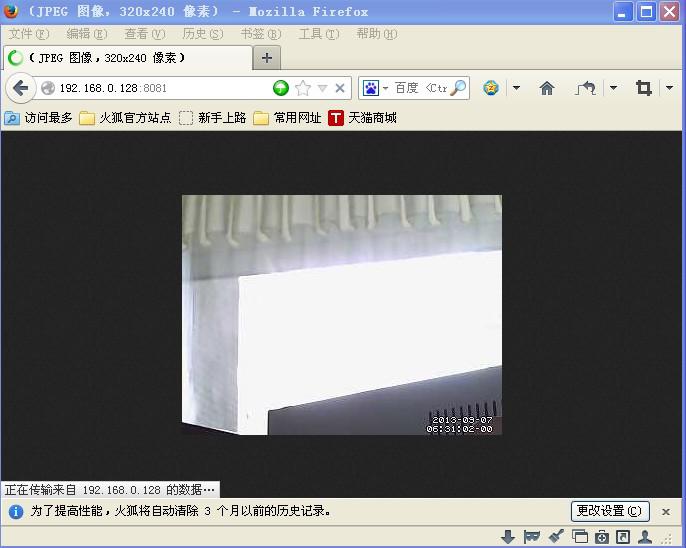

- Firefox on raspberry pi 3 install#
- Firefox on raspberry pi 3 drivers#
- Firefox on raspberry pi 3 update#
- Firefox on raspberry pi 3 driver#
If open a Chromium and go to chrome://gpu, you will still get Fig.
Firefox on raspberry pi 3 drivers#
Once your Raspberry reboots, you can check that the 3D drivers are loaded and working: cat on Raspberry Pi 3 the v3dbus command should be (provided by Alexis in the comments):Ĭat both commands return okay, then the hardware acceleration is working and activated. Note: if you're new to this configurator, you can navigate the menu using the arrows and the tab key from your keyboard.

Go to Performance Options > GPU Memory (on old Raspbian/Raspberry Pi OS: Advanced Options > Memory Split).
Firefox on raspberry pi 3 driver#
Firefox on raspberry pi 3 install#
Then, install the libraries typing: sudo apt-get install libgles2-mesa libgles2-mesa-dev xorg-dev
Firefox on raspberry pi 3 update#
You need to install a few libraries, but first, the basic step is to update the system typing the following on a Terminal: sudo apt-get update #sudo mv chromium-drm-browser.DIY: Video Decode using Hardware Acceleration #sed 's/Chromium/Chromium (DRM)/g' sktop > sktop Here are the lines in your script: # Changing user-agent to Chromium

If I run the chromium-browser command from the terminal with the added -user-agent then it works fine! The browser doesn't work for Netflix after running the script because the lines in your script modifying the desktop config file have been commented out! I've included the creation of the direct access again.

Important: You'll need about +2GB of free space on the microSD to download the recovery image of ChromeOS. It moves the manifest.json inside the folder /opt/WidevineCdm, and finally inside /opt/WidevineCdm/_platform_specific/linux_arm, it moves the libwidevinecdm.so file. Update 20201115: Then, it creates two folders $/.config/chromium-browser/WidevineCdm, it writes a file latest-component-updated-widevine-cdm with the location of the library. This folder is where the menu access is located. It also creates and moves the sktop file to the /usr/share/applications folder. Then, it copies the library Widevine under /usr/lib/chromium-browser/. The script needs sudo because it mounts the ChromeOS recovery image as a disk to extract the required files.


 0 kommentar(er)
0 kommentar(er)
